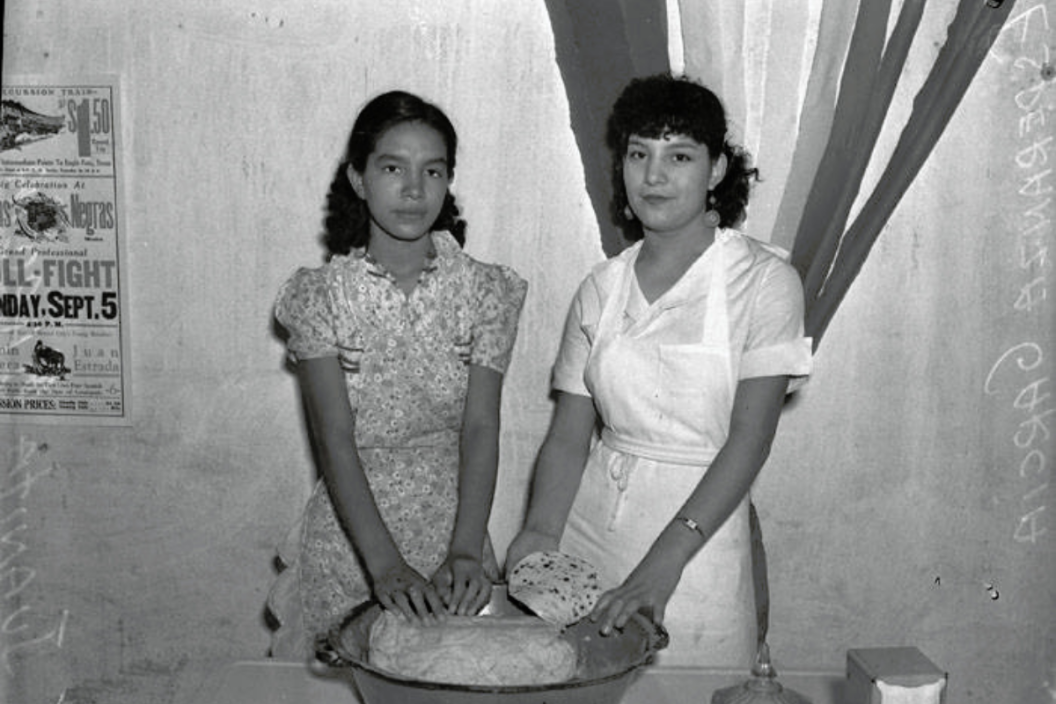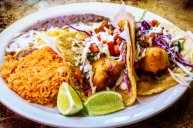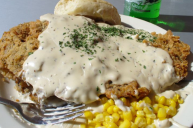In the years between the 1850's and the early 1940's, the plazas of San Antonio were the business places of the ladies known as the Chili Queens of Texas. They set up tables and chairs with colorful tablecloths and plates. They hung festive lanterns and decorated their stands with flowers to entice customers to choose their chili over all the others.
Who Are The Chili Queens?
There is folklore surrounding the beauty and charm of the Chili Queens, not to mention their delicious homemade food. But their stories are not all Texas sunshine and rainbows. It was incredibly hard work from early morning until late into the night.
For very little money, the Chili Queens served plates full of chili, beans, coffee, and a fresh tortilla to sop it all up. There are stories of other menu items like cabbage stew and "menudo" which is a tripe and vegetable stew known to cure a hangover.
When the railroads built a San Antonio station stop in 1877, the lure of the Chili Queens really exploded. The plazas were the centers of the community, filled with music, street entertainers, and food. Kids played games, adults talked about life and news events, and everyone ate. Major newspapers far outside of Texas picked up on the news of the Chili Queens and soon, they became a destination for tourists and hungry writers.
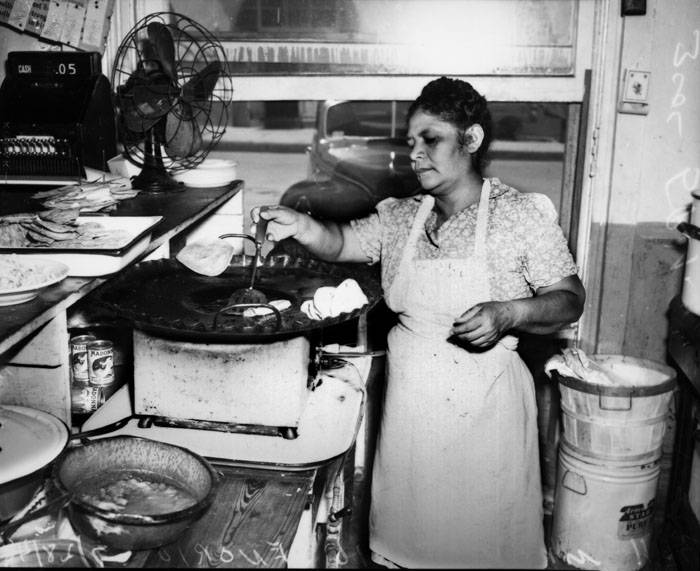
University of Texas at San Antonio Libraries Special Collections
According to Dr. Joel Kitchens, retired historian and librarian from Texas A&M University, "For most Anglos and non-Texans, there was a novelty, curiosity, and the ability to dine al fresco October through April. For others who like to take risks, the potential for food poisoning, or interacting with people of a different ethnicity and social class."
Dr. Kitchens added that not only were they known for introducing their delicious food to new customers, but also their skill in dealing with the public. "Chili Queens were also well-known for their quick wit and talents in repartee. On the other hand, there is a reason why so many people like Tex-Mex food! Some of us have developed a taste for it. It's hard to beat a steaming bowl of homemade chili on a crisp winter evening."
The Fall of Chili Queens
Over the decades since the Chili Queens first set up their famous chili stands, the look of the Queens' eateries and variety of foods evolved. They began to be shuffled around due to San Antonio's city development. And just like much of America's great local foods, the Health Department eventually poked a sniffing nose in with rules and regulations. Sanitary reasons like dishwashing, flies, and proper temperature control shut down the last of the Chili Queens in the early 1940's.
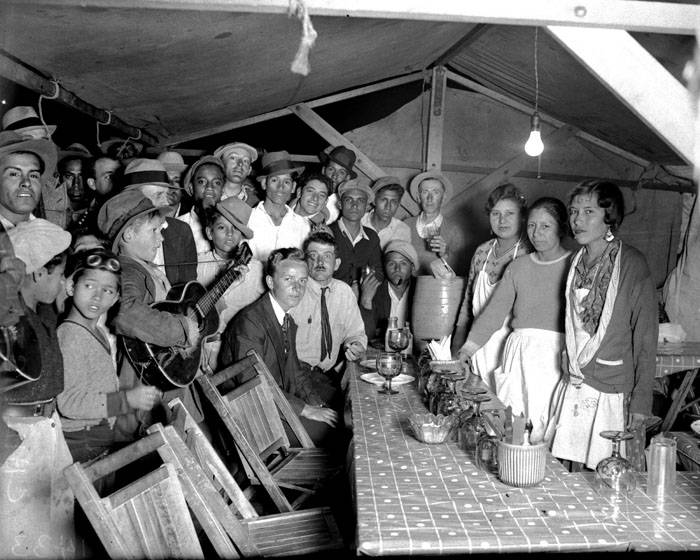
University of Texas at San Antonio Libraries Special Collections
The Chili Queens embodied not only the food they cooked but a whole cultural microcosm. According to Dr. Kitchens, "Many people assume that the Chili Queens were always Tejanas (women of Spanish or Mexican ancestry living in what is now Texas) and/or Mexican-Americans (US citizens descended from 20th-century immigrants). They were not. Especially in the closing decades of the 19th century, there were a number of women with Anglo and even German names associated with the chili stands. Since the days of the Texas Republic, San Antonio was a very multicultural community with indigenous, Mexicans, Tejanos, Germans, Anglos, and others living and interacting together. After the American Civil War, San Antonio became a white-non-Latino majority town. There were some Anglo women who were able to horn in on the business. In the 1890s, the "Queen of All Queens" (so to speak) was a lady named Sadie Thornhill."
Customers weren't just getting delicious homemade chili and friendly ladies. They were getting an experience.
"Patrons at the chili tables might find themselves rubbing elbows with an African-American on one side and a white banker having an après opera meal on the other. The chili stands gave poor families a means for extra income, and poor laboring classes a hearty, but affordable meal. Then there was the nightlife on the plazas, which often included street performers (musicians and acrobats), patent medicine salesmen, and even some from the criminal element like pickpockets and prostitutes, etc.," added Dr. Kitchens.
The Three Types of Chili Queens
For the women who found work as a chili queen, they had different backstories and origins as to how they found themselves doing this hard work. Dr. Kitchens told us, "One local newspaper from the 1890's described three specific types of chili queen. First was the shy country girl who had come to the big city and needed a job. Second was the daughter(s) of the man and his wife who ran that particular chili stand; working the stand was a family affair (and the parents could keep a sharp eye on their daughters). Third was the street-wise girl, plenty of attitude, and a quick witty retort, who could be just as coarse and uncouth as some of her customers, and demure and charming with others."
Fun Fact! Gebhardt, one of the earliest commercial brands of chili powder and other Mexican seasonings was founded in San Antonio by a German immigrant named William Gebhardt in 1896. While nobody knows the exact origin of chili, it certainly seems that it's in San Antonio's blood.
Most chili queens were simply working-class females looking to eke out a living. They had an arsenal of recipes and the stamina for the hard physical work. But also the people skills required in food service, even 150 years ago. All you food service workers out there...you know what we're saying.
All Hail The Chili Queens!
